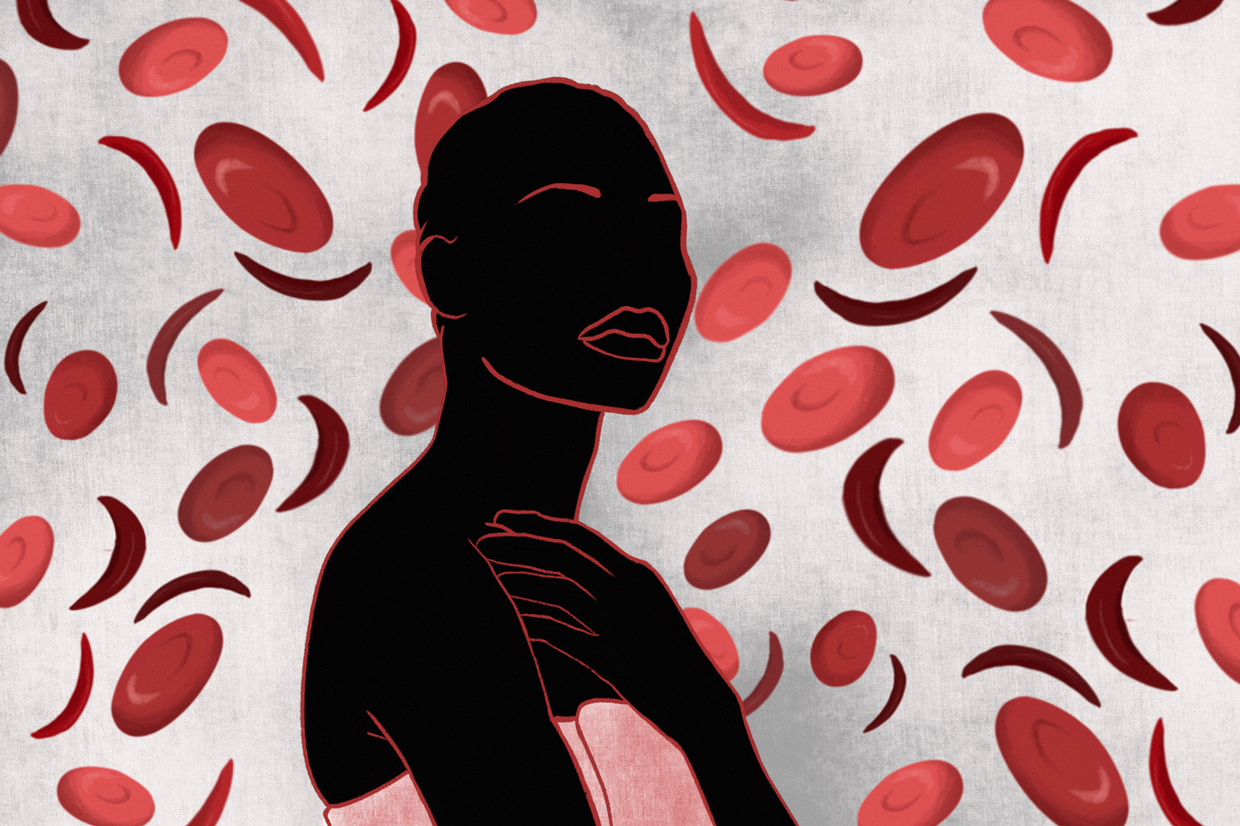According to the Diabetes Research Institute, 34.2 million people, or 10.5% of the U.S. population, have diabetes. Rates of diabetes, in particular, Type 2 diabetes, are on the rise. Prediabetes, the precursor to diabetes, is also increasing. Here we spoke to the experts about what exactly prediabetes is and how you can reverse the diagnosis.
Understanding diabetes
In order to get your head around prediabetes, it’s important first to clarify what exactly diabetes is. Diabetes is a disease related to blood sugar, known as glucose, and occurs when blood sugar levels are too high. The body needs glucose as it is its main source of energy, but too much can lead to all sorts of negative health conditions. There are two types of diabetes: Type 1 and Type 2.
“Both are serious conditions, but Type 1 diabetes has nothing to do with diet or lifestyle. It’s a lifelong condition that usually begins in childhood,” Dr. Rhianna McClymont, Lead GP at Livi, explained. People born with Type 1 diabetes can’t make insulin. “Insulin helps cells absorb glucose from the blood. Without it, your blood sugar levels continue to increase,” Dr. McClymont clarifies. Left untreated, these high levels of blood sugar are dangerous. “High blood sugar levels can damage your heart and kidneys and left untreated can cause blindness,” Dr. McClymont added. While there is no cure, people with Type 1 diabetes can take prescribed insulin to control blood sugar levels and live a normal, healthy life.

Type 2 diabetes is a little different. It normally occurs later in life and can be lifestyle induced. “It’s thought that 90% of all diabetes diagnoses are Type 2,” Dr. Giuseppe Aragona noted. “Type 2 diabetes is when your body is not making enough insulin, or the insulin already in your body is not working properly. Much like with Type 1, this means that the glucose levels in your blood are too high, again promoting high blood sugar levels and future health complications,” Dr. Aragona explained. The risk factors for developing Type 2 diabetes are complex. “There is likely a genetic element, and we know age and obesity also raise the chances of developing it. Some ethnic groups also seem more prone to developing the condition,” Dr. McClymont highlighted.
What is pre-diabetes?
Prediabetes is the name given to the state prior to Type 2 Diabetes. “It can be defined by your blood sugar levels being higher than usual but not high enough to be diagnosed as Type 2 diabetes,” Dr. Aragona said. “It’s the term given to describe the state your blood sugar levels are in, and that if they continue to increase, you are likely to be diagnosed with Type 2 diabetes,” he added.
Prediabetes is the name given to the state prior to Type 2 Diabetes.
Diagnosis prediabetes
You might not know if you have unhealthy or rising blood sugar levels as the symptoms are varied and often cross over with many other conditions. “Often, elevated blood sugar levels will not present any symptoms,” Dr. Aragona clarified. “Tiredness, having to pee more frequently, constantly being thirsty, and blurred vision can all indicate elevated blood sugar levels,” he added.
If you are concerned about your blood sugar levels, it’s worth getting a blood test to check the levels. “A glycated hemoglobin test measures the amount of sugar attached to your hemoglobin, the protein in your red blood cells that carries oxygen,” Dr. McClymont explained.
Dealing with prediabetes
The best news? If you have high blood sugar levels at the rate considered prediabetes, it means you have caught the issue before it reaches actual Type 2 diabetes. Even better? You can reverse this diagnosis via health and lifestyle changes. “If you have been diagnosed with prediabetes, then the time to act is now before you are diagnosed with Type 2,” Dr. Aragona noted. “If steps are taken immediately, you have a good chance of reversing the diagnosis before it turns into type 2 diabetes,” he confirmed.
- Lose weight. Obesity is a significant risk factor, so losing weight is key. “Aerobic exercise is helpful. 150 minutes a week of aerobic exercise is recommended, with no more than two consecutive days a week without some form of exercise,” Dr. McClymont said.
- Eat healthily. Changing your diet will help too. “Cutting out sugary, high-calorie foods will help in particular. Alcohol is a common source of sugar, so ensure you are drinking within recommended levels,” Dr. Aragona said.
- Quit smoking: Cigarettes are another risk factor, so give up smoking if you are currently doing this. Check out Smokefree for giving up advice.







